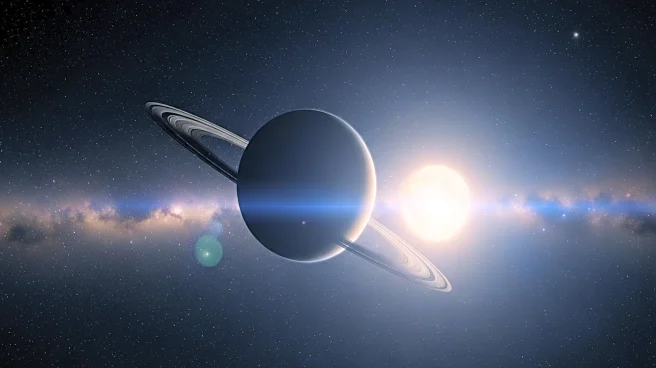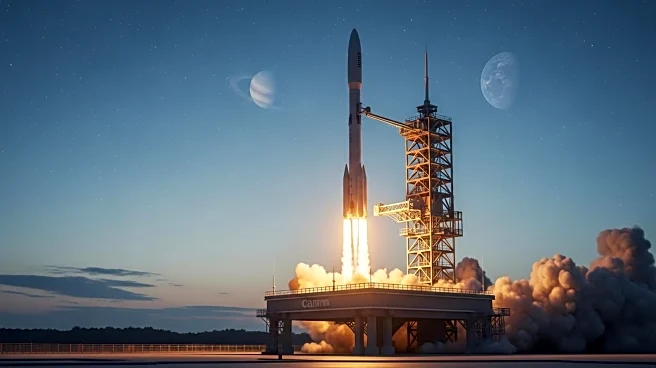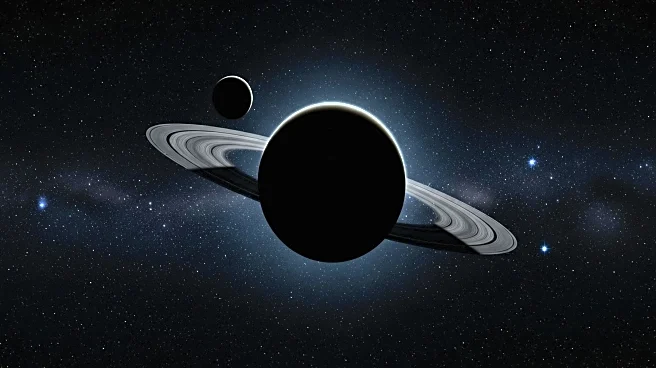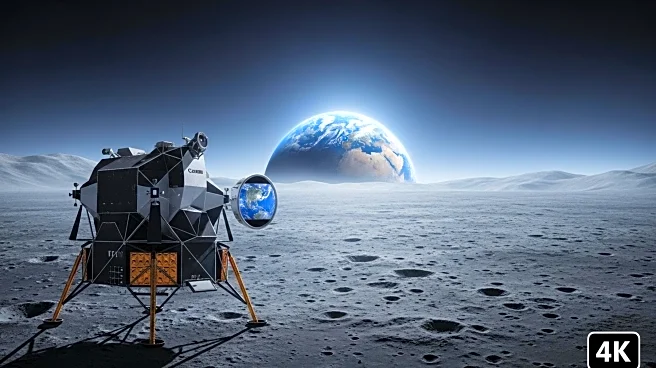What's Happening?
Research suggests that Earth's gradually slowing rotation has played a crucial role in the oxygenation of its atmosphere. The study highlights that as Earth's days lengthened, cyanobacteria, which produce oxygen through photosynthesis, had more time to generate oxygen. This process is linked to the Great Oxidation Event, a significant rise in atmospheric oxygen that occurred around 2.4 billion years ago. The research connects the slowing rotation, caused by the Moon's gravitational pull, to the timing and pattern of Earth's oxygenation, providing insights into how life-supporting conditions developed on the planet.
Why It's Important?
Understanding the factors that contributed to Earth's oxygenation is vital for comprehending the conditions that allowed life to thrive. The study's findings suggest that the length of Earth's day could have been a critical factor in the development of an oxygen-rich atmosphere, which is essential for complex life. This research not only sheds light on Earth's history but also has implications for the study of exoplanets. By understanding how day length affects atmospheric conditions, scientists can better assess the habitability of planets beyond our solar system.
Beyond the Headlines
The study highlights the interconnectedness of planetary mechanics and biological processes, illustrating how physical changes in Earth's rotation can influence biological evolution. This research underscores the importance of considering a wide range of factors when studying planetary habitability, including rotational dynamics. The findings also prompt further investigation into how other planetary characteristics, such as axial tilt and orbital eccentricity, might impact atmospheric and biological development.











